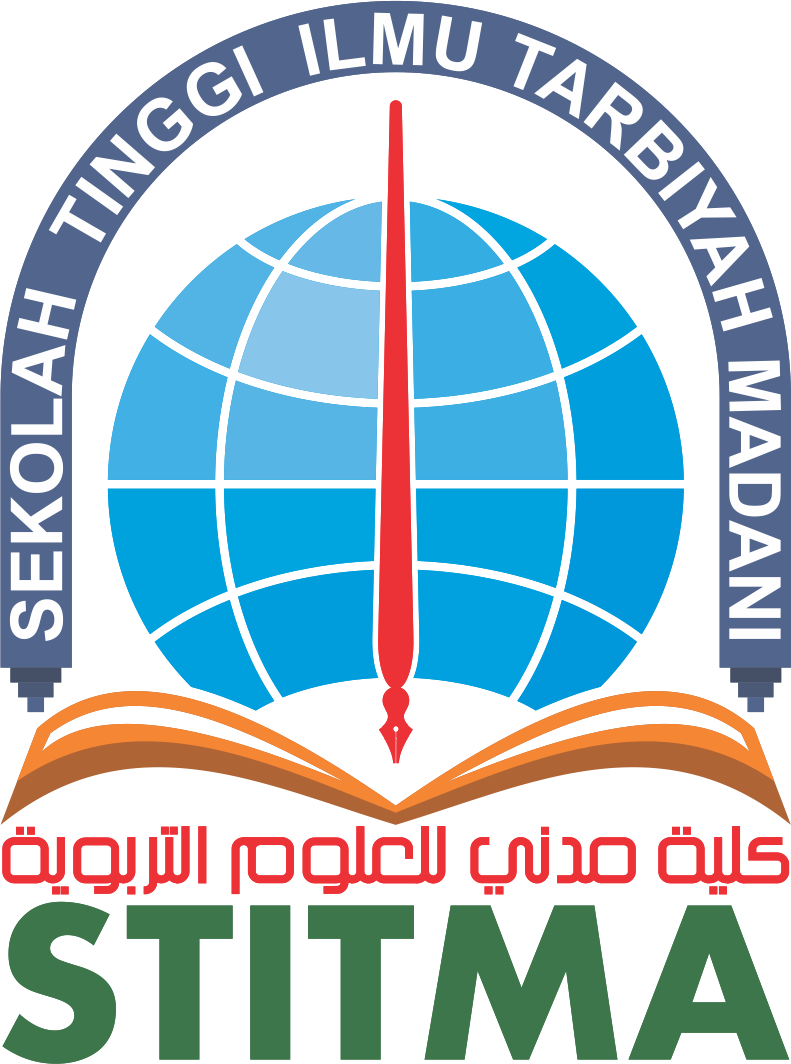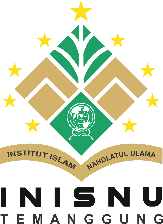Integrating Local Wisdom into 21st Century Skills: A Contextual Framework for Culturally Relevant Pedagogy in Rural Classrooms
DOI:
https://doi.org/10.59944/postaxial.v3i2.444Keywords:
Local Wisdom, 21st Century Education, Culturally Relevant Pedagogy, Rural Education, Critical ThinkingAbstract
This study explores the integration of local wisdom into 21st-century education within rural classrooms, focusing on how culturally relevant pedagogy can enhance learning experiences and outcomes. By examining the intersection of local knowledge and the 4Cs (Critical Thinking, Communication, Collaboration, and Creativity), the research aims to identify effective instructional strategies and their impact on student engagement and academic success. Through qualitative methods, including interviews with teachers, observations, and community involvement, the study highlights the ways in which local wisdom—such as traditional stories, agricultural practices, and community values—is utilized in teaching practices. The findings suggest that the incorporation of these elements not only fosters deeper connections to the students' cultural identities but also cultivates essential skills for the 21st century. Additionally, the study discusses the challenges faced by educators in implementing these practices, including resource limitations and the need for professional development, while emphasizing the role of the local community in supporting the integration of culture into formal education. Ultimately, the research contributes to a more comprehensive understanding of how localized pedagogical approaches can be leveraged to create more inclusive, relevant, and engaging educational experiences in rural settings.
References
Banks, J. A. (2015). Cultural diversity and education: Foundations, curriculum, and teaching (7th ed.). Pearson.
Banks, J. A., & Banks, C. A. M. (2010). Multicultural education: Issues and perspectives (7th ed.). Wiley.
Bowen, G. A. (2009). Document analysis as a qualitative research method. Qualitative Research Journal, 9(2), 27–40.
Creswell, J. W., & Poth, C. N. (2018). Qualitative inquiry and research design: Choosing among five approaches (4th ed.). SAGE Publications.
Cummins, J. (2001). Language, power and pedagogy: Bilingual children in the crossfire. Multilingual Matters.
Delpit, L. (2006). Other people's children: Cultural conflict in the classroom. The New Press.
Fitrianto, I. (2019). ماليزيا بجامعة دار السلام كونتور العام: KUISتنفيذ الدورة المكثفة في اللغة العربية لطلاب الكلية الجامعية الإسلامية العالمية بسلانجور 2018 (Doctoral dissertation, University of Darussalam Gontor).
Fitrianto, I. (2024). Critical Reasoning Skills: Designing an Education Curriculum Relevant to Social and Economic Needs. International Journal of Post Axial: Futuristic Teaching and Learning, 245-258.
Fitrianto, I. (2024). Innovation and Technology in Arabic Language Learning in Indonesia: Trends and Implications. International Journal of Post Axial: Futuristic Teaching and Learning, 134-150.
Fitrianto, I. (2024). Strategi Guru Pai Dalam Mengatasi Kesulitan Belajar Pada Mata Pelajaran Hadis Kelas 8 MTS Ibadurrahman Subaim. IJER: Indonesian Journal of Educational Research, 356-363.
Fitrianto, I., & Abdillah, F. M. (2018). MODEL PEMBELAJARAN PROGAM PEMANTAPAN BAHASA ARAB DAN SHAHSIAH (KEMBARA) KE 4 MAHASISWA KOLEJ UNIVERSITI ISLAM ANTAR BANGSA SELANGOR (KUIS) TAHUN 2018. University of Darussalam Gontor 15-16 September 2018, 121.
Fitrianto, I., & Saif, A. (2024). The role of virtual reality in enhancing Experiential Learning: a comparative study of traditional and immersive learning environments. International Journal of Post Axial: Futuristic Teaching and Learning, 97-110.
Fitrianto, I., Al-Faruqi, M. R., & Hanifah, N. A. (2025). The Contributions of Ibn Malik to Arabic Language Education: A Historical and Pedagogical Analysis. IJAS: International Journal of Arabic Studies, 2(1 March), 1-11.
Fitrianto, I., Hamid, R., & Mulalic, A. (2023). The effectiveness of the learning strategy" think, talk, write" and snowball for improving learning achievement in lessons insya'at Islamic Boarding School Arisalah. International Journal of Post Axial: Futuristic Teaching and Learning, 13-22.
Fitrianto, I., Setyawan, C. E., & Saleh, M. (2024). Utilizing Artificial Intelligence for Personalized Arabic Language Learning Plans. International Journal of Post Axial: Futuristic Teaching and Learning, 30-40.
Gay, G. (2010). Culturally responsive teaching: Theory, research, and practice (2nd ed.). Teachers College Press.
Julkifli, J., Mastur, M., & Fitrianto, I. (2025). Julkifli, Ibnu Fitrianto Metode Langsung (Thaîqah Mubãsyarah) Dalam Pembelajaran Bahasa Arab di Pondok Pesantren Bin Baz Yogyakarta. Jurnal Al-Fawa'id: Jurnal Agama dan Bahasa, 15(1), 158-173.
Kanu, Y. (2011). Integrating Aboriginal perspectives into the school curriculum. Canadian Journal of Education Administration and Policy, 2011(2), 1-29.
Ladson-Billings, G. (1995). Toward a theory of culturally relevant pedagogy. American Educational Research Journal, 32(3), 465–491. https://doi.org/10.3102/00028312032003465
Lee, S. J., & Luykx, A. (2005). The impact of cultural capital on learning outcomes in a bilingual setting. International Journal of Bilingual Education and Bilingualism, 8(4), 351-371.
Lincoln, Y. S., & Guba, E. G. (1985). Naturalistic inquiry. SAGE Publications.
Merriam, S. B., & Tisdell, E. J. (2016). Qualitative research: A guide to design and implementation (4th ed.). Jossey-Bass.
Miles, M. B., Huberman, A. M., & Saldaña, J. (2014). Qualitative data analysis: A methods sourcebook (3rd ed.). SAGE Publications.
Mills, C. (2014). School-community collaboration and student success: The role of community stakeholders. Journal of Educational Policy, 39(2), 145-161.
Nieto, S. (2010). The light in their eyes: Creating multicultural learning communities. Teachers College Press.
Partnership for 21st Century Learning. (2019). Framework for 21st Century Learning. http://www.battelleforkids.org/networks/p21/frameworks-resources
Patton, M. Q. (2002). Qualitative research and evaluation methods (3rd ed.). SAGE Publications.
Smith, G. A. (2002). Place-based education: Learning to be where we are. Phi Delta Kappan, 83(8), 584–594.
Stake, R. E. (2010). Qualitative research: Studying how things work. Guilford Press.
Sutrisna, I. G. N., & Rahyono, F. X. (2018). Preserving local wisdom through contextual learning in rural schools. International Journal of Educational Development, 62, 97–103. https://doi.org/10.1016/j.ijedudev.2018.02.004
Tyack, D., & Tobin, W. (1994). The “grammar” of schooling: Why has it been so hard to change? American Educational Research Journal, 31(3), 453–479. https://doi.org/10.3102/00028312031003453
UNESCO. (2019). Education and indigenous peoples: Priorities for inclusive education. https://unesdoc.unesco.org/ark:/48223/pf0000369653
Villegas, A. M., & Lucas, T. (2007). The culturally responsive teacher. Multicultural Perspectives, 9(3), 7-14.
Vygotsky, L. S. (1978). Mind in society: The development of higher psychological processes. Harvard University Press.
Yin, R. K. (2014). Case study research: Design and methods (5th ed.). SAGE Publications.
Yuliani, S., & Hartanto, D. (2020). Integrating local cultural values in elementary education: A case from Indonesia. Journal of Social Studies Education Research, 11(2), 253–271.






